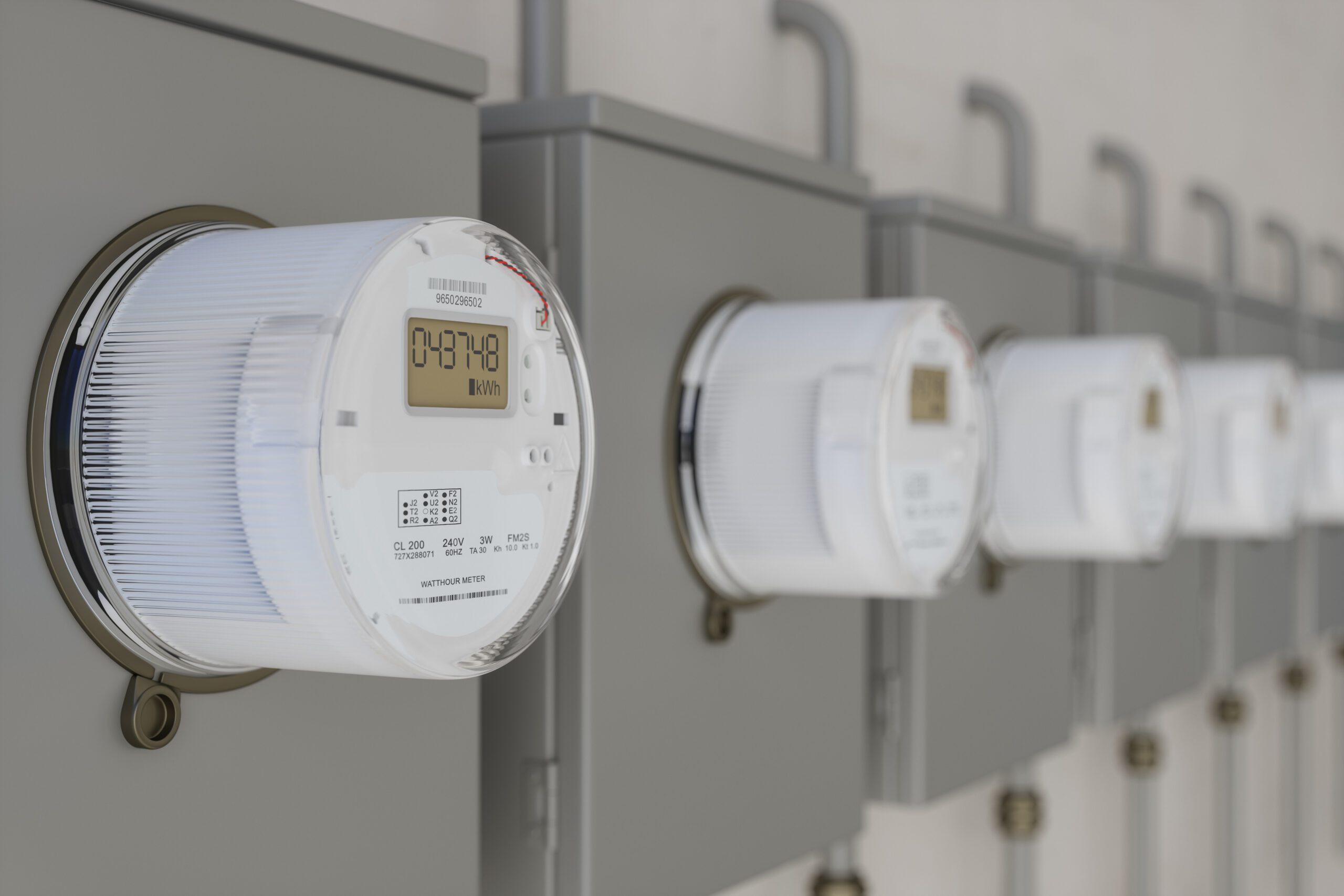Unlocking the Full Potential of AMI
How Utilities Can Drive Greater ROI and Customer Engagement

How Utilities Can Drive Greater ROI and Customer Engagement

Sign up for our magazine
The premier outlet for compelling storytelling around the innovators and innovations driving the clean energy transition.
For years, utilities have invested heavily in Advanced Metering Infrastructure (AMI), believing it would transform operations, reduce costs, and strengthen customer relationships. While AMI has indeed provided valuable data, the reality is most utilities are still far from fully leveraging its potential.
In fact, a 2020 study found that only two out of 52 utilities reported realizing the full value of their AMI data. So, what’s missing? How can utilities extract more value from their investments while addressing the demands of modern energy consumers?
One answer lies in better rate design through strategic data utilization.
The Critical Link Between AMI and Rate Innovation
Despite the widespread availability of smart meters, fewer than 10% of customers are enrolled in Time-Varying Rates (TVRs), even though 70% of the population has access to them. Why?
There is a disconnect between utilities and customers that stems from a lack of communication or generic marketing tactics that confuse rather than engage customers. Abstract industry terms like “peak” and “off-peak” fail to resonate, and customers hesitate to switch without clear, personalized insights into cost savings.
To truly unlock AMI’s value, utilities need an Enterprise Rate Engine (ERE)—a powerful tool that leverages AMI and customer data to design, implement, and analyze complex rate structures that drive customer engagement and optimize grid operations.
The Power of an Enterprise Rate Engine (ERE)
An ERE transforms AMI data into actionable insights, making it easier for utilities to:
✅ Design smarter rates that reflect real-time and historical consumption patterns
✅ Optimize load shifting and demand flexibility programs to reduce grid strain
✅ Provide personalized cost analysis so customers can see potential bill savings
✅ Accelerate adoption of electrification and Distributed Energy Resources (DERs)
By replacing outdated, siloed systems with a scalable, cloud based ERE, utilities can improve the implementation, marketing and billing of modern rate structures.
Big Data, Big Challenges—But Even Bigger Opportunities
Managing AMI data is no small task. Legacy systems often lack the flexibility and automation needed to handle today’s rate complexity, leading to inefficiencies and costly workarounds.
An ERE simplifies the process, providing:
📊 Granular usage data for more precise forecasting and pricing
🚀 Seamless integration with existing Customer Information Systems (CIS)
🛠 Robust scenario modeling to assess the impact of rate changes before implementation
💡 Improved customer engagement tools that help customers understand their bills and energy choices
The Future of Rates Is Here
As utilities work toward clean energy goals, modern rates will be critical to achieving:
🌱 Fair and equitable electrification across all customer segments
🔋 Better integration of renewable energy and DERs
💰 Lower overall costs for both utilities and consumers
By implementing an ERE like GridX, utilities future-proof their operations, ensuring they maximize the benefits of AMI today while preparing for innovations like AMI 2.0 and dynamic pricing programs.
Take the Next Step
Are you ready to turn AMI data into real value for both your utility and your customers?
📥 Download the full eBook now to discover how an Enterprise Rate Engine can revolutionize your rate strategy and drive measurable ROI.

GridX Nabs a Communicator Award for With Great Power
With Great Power recognized for exceeding industry standards in business-to-business communications.




